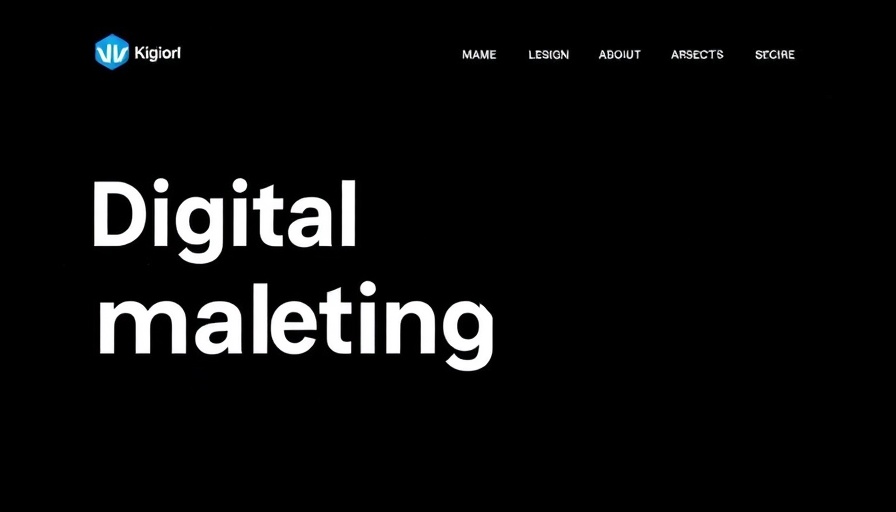
Harnessing the Power of Email Nurturing Strategies
Email nurturing is the unsung hero of digital marketing, particularly in the realm of building enduring customer relationships. Professionals, business owners, and marketers are increasingly realizing that a well-implemented email strategy can drive engagement and conversion rates significantly. Recognizing the importance of nurturing, this article explores effective strategies, sequences, and the software necessary to elevate your email outreach.
Understanding Email Nurturing: A Necessary Investment
Email nurturing involves the practice of cultivating and managing relationships with your prospects and customers through tailored email communications. This isn't just a series of emails sent haphazardly; successful nurturing is strategic. It allows brands to maintain a presence in the minds of consumers who may not be ready to purchase immediately. In fact, studies reveal that nurtured leads make 47% larger purchases than non-nurtured leads.
Creating Effective Email Sequences
The core of effective email nurturing lies in crafting well-planned email sequences. These sequences should not only introduce potential customers to your brand but should also guide them through their buyer's journey. A typical sequence could include:
- Welcome emails that acknowledge new subscribers and outline what they can expect.
- Educational content that empowers potential customers by providing them insights into challenges they face.
- Product recommendations based on the subscriber's interests or past behavior.
- Significant offers that incentivize the recipient to take action.
Leveraging Automation Tools for Enhanced Nurturing
To implement these strategies effectively, engaging with marketing automation tools can be invaluable. Platforms like Mailchimp, HubSpot, and AWeber not only streamline the email sending process but also enable brands to analyze performance metrics, ensuring that each email sent is optimized for conversion. The ability to segment your audience based on their interaction with previous emails can lead to more personalized and impactful communication.
Insights into Customer Engagement Strategies
Integrating personalization in marketing can significantly improve customer engagement. According to user data, emails that include the recipient's name and are customized based on user behavior have higher open rates. Marketers should focus on creating content that speaks directly to their segments and addresses specific needs or pain points.
Best Practices for Email Marketing Automation
When crafting your email nurturing strategy, several best practices can help maximize its effectiveness:
- Test and Optimize: Regular A/B testing on subject lines, content layout, and call-to-action buttons should be a routine part of your email strategy to understand what resonates with your audience.
- Maintain Consistency: Ensure your email frequency aligns with customer expectations. A consistent schedule keeps your audience engaged without overwhelming them.
- Use Analytics Wisely: Implementing tools to track open rates, click-through rates, and conversions can provide valuable insights that facilitate informed decision-making moving forward.
Future Trends in Email Marketing Strategies
Looking ahead, the landscape of email marketing is set to evolve dramatically. As we embrace more AI-driven platforms, marketers will have more sophisticated tools at their disposal to refine their strategies. Expect further personalization capabilities and innovative content formats like interactive emails that encourage user engagement directly within the message.
Conclusion: Implementing Your Email Nurturing Strategy
In today's competitive market, mastering email nurturing is not simply advantageous; it is essential for businesses aiming to foster long-term customer relations. By employing effective strategies, leveraging automation tools, and continuously analyzing your practices, you can create a powerful email nurturing system that propels your business forward. Remember, your email list is your most valuable asset—don’t neglect it!
To further enhance your digital marketing efforts, stay updated on the latest trends and tools in the industry. Join our newsletter for more insights on marketing automation, strategy implementation, and beyond.
 Add Row
Add Row  Add
Add 




Write A Comment